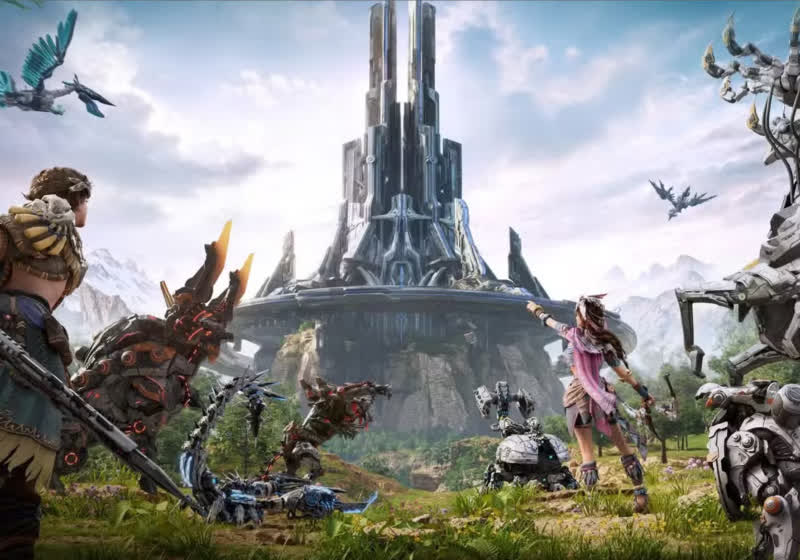Apple recently unveiled significant updates to its operating systems at WWDC 2025, including a visual redesign for iOS 26. With the new Liquid Glass approach to UI, Apple will offer users a more consistent design and experience across all its devices.
The iOS 26 developer seed is available now, but the iOS 26 public beta likely won't go live until mid-July. Betas give both developers and even average users a way to test the latest iteration of Apple's software. With the latest iOS 26 Beta 3, for instance, Apple has refined the Liquid Glass design and introduced several under-the-hood tweaks for iPhone.
Also: Your iPhone is getting a big upgrade. 10 best features I can't wait to use in iOS 26
Given that the public beta is expected to open soon, here is some guidance on which iPhone models support iOS 26.
According to Apple, these iPhone models can get iOS 26 once it becomes widely available:
- iPhone 16e
- iPhone 16
- iPhone 16 Plus
- iPhone 16 Pro
- iPhone 16 Pro Max
- iPhone 15
- iPhone 15 Plus
- iPhone 15 Pro
- iPhone 15 Pro Max
- iPhone 14
- iPhone 14 Plus
- iPhone 14 Pro
- iPhone 14 Pro Max
- iPhone 13
- iPhone 13 mini
- iPhone 13 Pro
- iPhone 13 Pro Max
- iPhone 12
- iPhone 12 mini
- iPhone 12 Pro
- iPhone 12 Pro Max
- iPhone 11
- iPhone 11 Pro
- iPhone 11 Pro Max
- iPhone SE (2nd generation or later)
Also: Will your old iPhone, Mac, or iPad run Apple's latest updates? Check this list
Notably, the once-popular iPhone X, XS, XR, and XS Max models are not on the list.
The iOS 26 beta version differs slightly from the general release. The purpose of the beta phase is to gather feedback to repair bugs and address any user interface issues before the software is massively distributed.
Beta versions can also be incomplete and are not the final product. This means the iOS 26 developer and public betas are more prone to bugs, glitches, and instability.
Also: Best iPhone 2025: I tested the top models and found your perfect fit
The general release will have ironed out most of these bugs and problems using the user feedback gathered during the beta phase, delivering software that isn't as prone to issues. However, they can still happen.
For example, in the 2023 iOS 17 beta, Apple moved the in-call "End" button from its familiar center position to the right. After beta testers voiced frustration, Apple restored the button to the center before the public release.
Apple will launch iOS 26 in three phases: the developer beta, public beta, and finally, the official "general" release.
Developer beta
The first developer beta of iOS 26 was released on June 9 during WWDC 2025. Following this, subsequent developer betas, including beta 3, were released.
Public beta
The public beta is expected to start in mid-July.
Apple typically opens its public beta program a few weeks after WWDC. For instance, last year's iOS 18 public beta went live in mid-July. This program lets anyone -- not just registered developers -- test early software, helping Apple identify and fix bugs or performance issues before the final release.
General release
Apple officially released iOS 18 out of beta on Sept. 16, just one week after its "Glowtime" event.
Likewise, once iOS 26 completes its developer and public beta testing this summer, Apple is expected to roll out the final version to everyone this fall.
A software beta is an early preview of an application or operating system, released to a select group of developers or users to gather feedback and uncover bugs under real-world conditions. It follows an internal alpha phase and helps Apple address issues before an official "general" release.
The Apple brand is strong and holds significant resale value, so you can always sell your older iPhone and disclose that it's no longer supported for software updates. There's a lot of demand for older iPhones that are still functional and budget-friendly, but you can also trade them for credit toward a new device.
Apple, Best Buy, and Amazon are just some retailers that accept iPhone trade-ins. iPhones' resale and trade-in values depend heavily on their condition and storage capacity. Features like an intact screen and a working camera greatly influence resale or trade-in values.
You can check your iPhone's trade-in value at one of these retailers or at a telecommunications company's authorized dealer.
Editor's note: This article was originally published in 2024. It was fact-checked and thoroughly updated on July 8, 2025.
Get the morning's top stories in your inbox each day with our Tech Today newsletter.

 5 months ago
17
5 months ago
17










 English (US) ·
English (US) ·